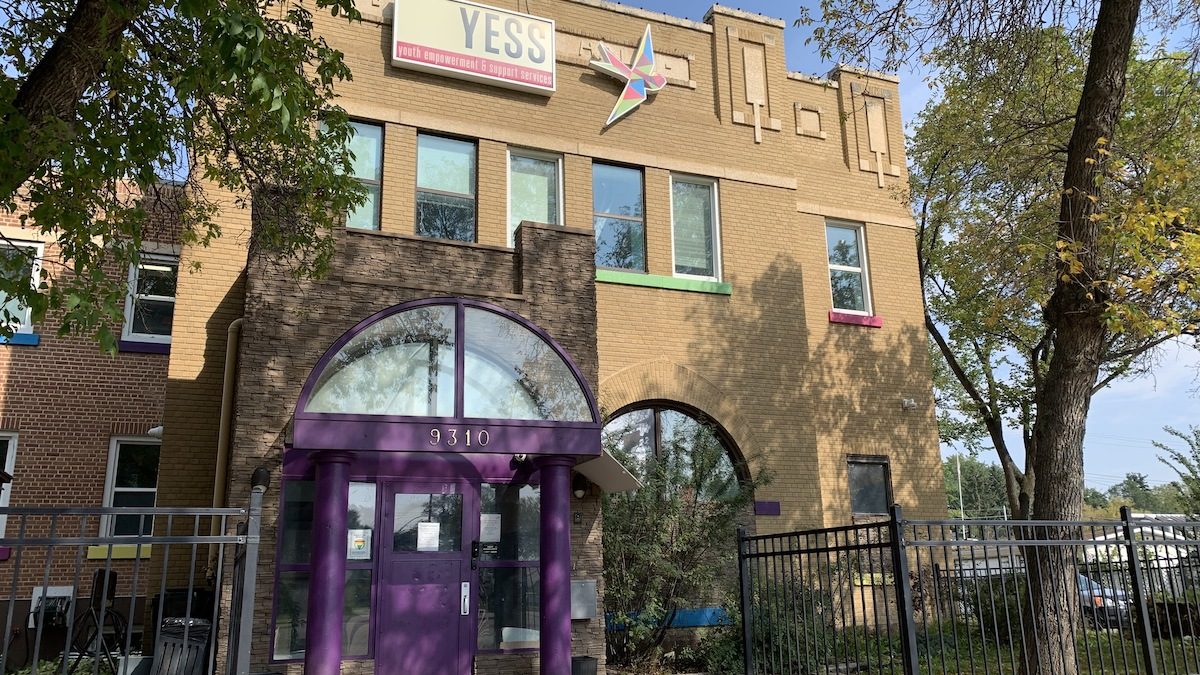Edmonton’s social agencies are feeling bogged down by paperwork as they deal with funding shortfalls in the midst of opioid and housing crises.
Reporting to City Council about agency collaboration last week, leaders of several nonprofits expressed frustration that they are being forced to spend too much time on reports, analysis and grant applications while other agencies, like the Edmonton Police Service, get consistent funding boosts with little oversight.
“The amount of administrative reporting work that is done by an agency for different funders requires a full-time staff just to do that work,” says Youth Emergency Support Services President and CEO Margo Long.
YESS is the only agency providing 24/7 support for youth in crisis in Edmonton, and Long says it is consistently at capacity and turning people away. The agency has reported a steady increase in suicide, overdose, psychosis and complex mental health crises since 2019, and a 30 per cent increase of young people in mental health crisis showing up at the shelter.
YESS launched the Youth Agency Collaboration in 2019 to share knowledge and resources and create a continuum of care for youth in need aged 15-25, and the group has grown to include 26 youth-serving agencies across the city.
She says social agencies are often shoehorning their programming into specific grants or pilot projects that governments are willing to fund, and those funding sources are often not reliable past a single election cycle.
“We spend a whole day sitting and listening to somebody try to facilitate a discussion around what we should do next, and a ton of money and time is spent instead of really listening to what’s going on already within the community and trying to understand how to amplify what exists,” Long says.
“Right now is not the time for research, right now the time is for action. The research has been done.”
Long says unnecessary administrative processes, as well as overall funding decreases, are leading to worker burnout. The irony, she says, is employees often leave for higher-paying jobs with government agencies.
“They see the clients and the hopelessness and the fact that they cannot connect them to the services that they need, and so they’re just putting Band-Aids on,” Long says.
“We’ve also just come through a huge crisis of a pandemic, and the burnout and vicarious trauma in watching clients overdose and die, be hopeless, and then their own personal trauma from being in that pandemic … I have never seen stuff at such a level of burnout as I have this summer.”
Councillor Michael Janz, who previously worked in the youth mentoring space with a non-profit, is familiar with that burnout.
Janz says it is unfair how heavily governments scrutinize nonprofit funding and “hypocritical” that police receive “very little scrutiny and oversight” by comparison.
“The level of trust that we provide to certain institutions and not others is mind boggling,” Janz says.
“It’s not lost on me that we spend half a billion dollars on policing and that gets moved through very quickly. Yet we’ll scrutinize other areas of business, and nonprofits, or a grant program here, a grant program there. It’s very frustrating.”
Janz attributes some of this lack of trust to outdated stereotypes. He cites a recent University of British Columbia study that found unhoused people, when given an unconditional cash transfer of $7,500, were most likely to spend it on housing, clothing and food. This was contrary to public perception – respondents to the researchers’ survey predicted the recipients would spend 81 per cent more on things like alcohol, drugs and tobacco if they were homeless than they would if they were housed.
“The nonprofit sector, we should give them the latitude to give the people with lived experience more autonomy, their own decision-making,” Janz says.
He says the elephant in the room is a lack of support from higher levels of government, particularly red tape and inaction on the part of the province, and specifically criticized the Alberta government’s recent decision to remove foster care supports at age 21 instead of 24.
“We are not receiving the support that we need in a number of our social service areas across the province and that’s causing enormous strain,” he says.
“We have a nonprofit sector who’s trying to help people and stem the bleeding with chewing gum and shoelaces.”
Council passed a motion to work with the Edmonton Police Commission to identify shared priorities for advocacy to the provincial and federal governments that can address long-term systemic issues to support public safety, and a separate motion to engage funders of community safety and wellbeing – including the province, the city and the federal government – to discuss ways to co-ordinate funding programs, remove red tape in funding models and align outcomes of funding programs.
Long says she hopes to see more trust from government and support for agencies to amplify the work they are already doing, rather than creating new projects and adding barriers.
“I’m hoping to see some courage to change the way that funding is allocated, courage to maybe take on things that they haven’t in the past, and courage to implement and understand that we don’t need a pilot and a research project for four years to figure out what the next step is,” Long says.
Savvy AF. Blunt AF. Edmonton AF.




